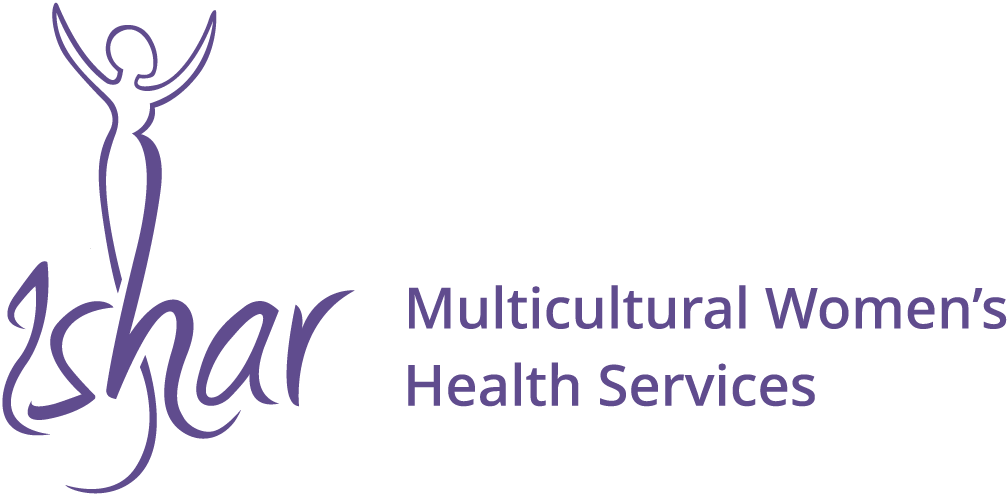Homelessness: The Invisible Epidemic
What is homelessness?
We could all be forgiven for associating homelessness with the most visible form we see, people sleeping rough on the streets but that is only the tip of the ice berg. The truth is that homelessness is far more sinister and hidden that we could’ve imagined.
According to the Australian Institute of Health and Welfare (AIHW) homelessness can manifest itself in many forms, these include but are not limited to living in supported accommodation (e.g. refuges/shelters), living in immensely crowded dwellings (that usually don’t support the needs of the individuals residing in them), living in caravan parks, temporary lodging or boarding and “sleeping rough”.
Who’s effected?
The statistics are startling with more than 116,000 homeless people in Australia on the 2016 census night, 9000 of whom were west Australians. Young people are over-represented in the homeless population with youth aged under 35 years of age making up 60% of all homeless people in Australia. Women constitute 44% of the homeless population while men account for the remaining 56%. Minority groups are disproportionately over-represented with Aboriginal and Torres Strait Islanders and those born overseas comprising 25% and 46% of the homeless cohort respectively. In addition, newly arrived migrants and refugees are particularly vulnerable with 71% of people who arrived in Australia in the last five years, living in overcrowded residences. The Latter includes people arriving from India, China, Afghanistan, Pakistan, Thailand and Taiwan.
Causes of homelessness
Homelessness is indiscriminate, it distinguishes not between gender, socioeconomic status, age, religion or ethnicity and while it is difficult to pinpoint just one particular cause of homelessness here are some of the main drivers:
Domestic Violence
Financial difficulties
Relationship and/or family breakdown
Housing crisis
Inadequate or inappropriate dwelling
Mental health issues
Why CALD women?
Migrant and CALD women are stigmatized and sometimes ostracized for leaving violent relationships. They are accused of breaking-up families and bringing “shame” to their families back home and hence they are more reluctant to seek help. These women also rely solely on their partners for their financial and everyday needs which further deters them from reaching out. Additionally, CALD women usually lack the language skills and knowledge to navigate through the often complex and bureaucratic housing and legal systems.
What is being done?
In recent years, homelessness has been brought to the limelight and the conversation is sparking more resource allocation for preventative and supportive services. These include the Government of Western Australia’s Department of Communities’ National Housing and Homelessness Agreement which is a 10-year strategic framework aimed at reducing homelessness by 50% by 2020.
State government agencies including Justice, Mental Health, Health, and Education fund and deliver programs and services that directly impact on people who are at risk of or experiencing homelessness.
The Commonwealth Government administers income support payments and Commonwealth Rent Assistance.
Local government services such as libraries and rangers provide assistance to people who are at risk of or experiencing homelessness and in some regions local governments are directly involved in the provision of homelessness services and accommodation.
The Australian Bureau of Statistics (ABS) formed a Homelessness Statistics Reference Group to find better ways to statistically define and enumerate homelessness. The latter would produce the first official homelessness estimates from the 2016 census.
Although in short supply, CALD specific NGOs such as Ishar provide culturally and linguistically diverse women with a range of holistic health and support services and empowers women to regain control of their lives during and after domestic violence situations.
CALD women face unique challenges when accessing support and the scarcity of culturally sensitive and appropriate services makes the work that Ishar does all the more important. And you can help ensure that this work continues and it’s as simple as clicking below.
Ishar Multicultural Women’s Services
P: (08) 9345 5335
W: www.ishar.org.au
E: info@ishar.org.au
21 Sudbury Road, Mirrabooka, WA 6061
References
1. Direction paper for 10-year strategies on homelessness Western Australia 2019-2029. Government of Western Australia, Department of Communities. https://www.communities.wa.gov.au/media/1746/homelessness-strategy-directions-paper.pdf
2. Australian Bureau of Statistics. Census of population and housing: estimating homelessness 2016. ABS cat. No. 2049.0. Available from: https://www.abs.gov.au/ausstats/abs@.nsf/mf/2049.0.
3. Homelessness NSW. Cultural Diversity and Homelessness. Available from: https://www.homelessnessnsw.org.au/resources/cultural-diversity-homelessness

